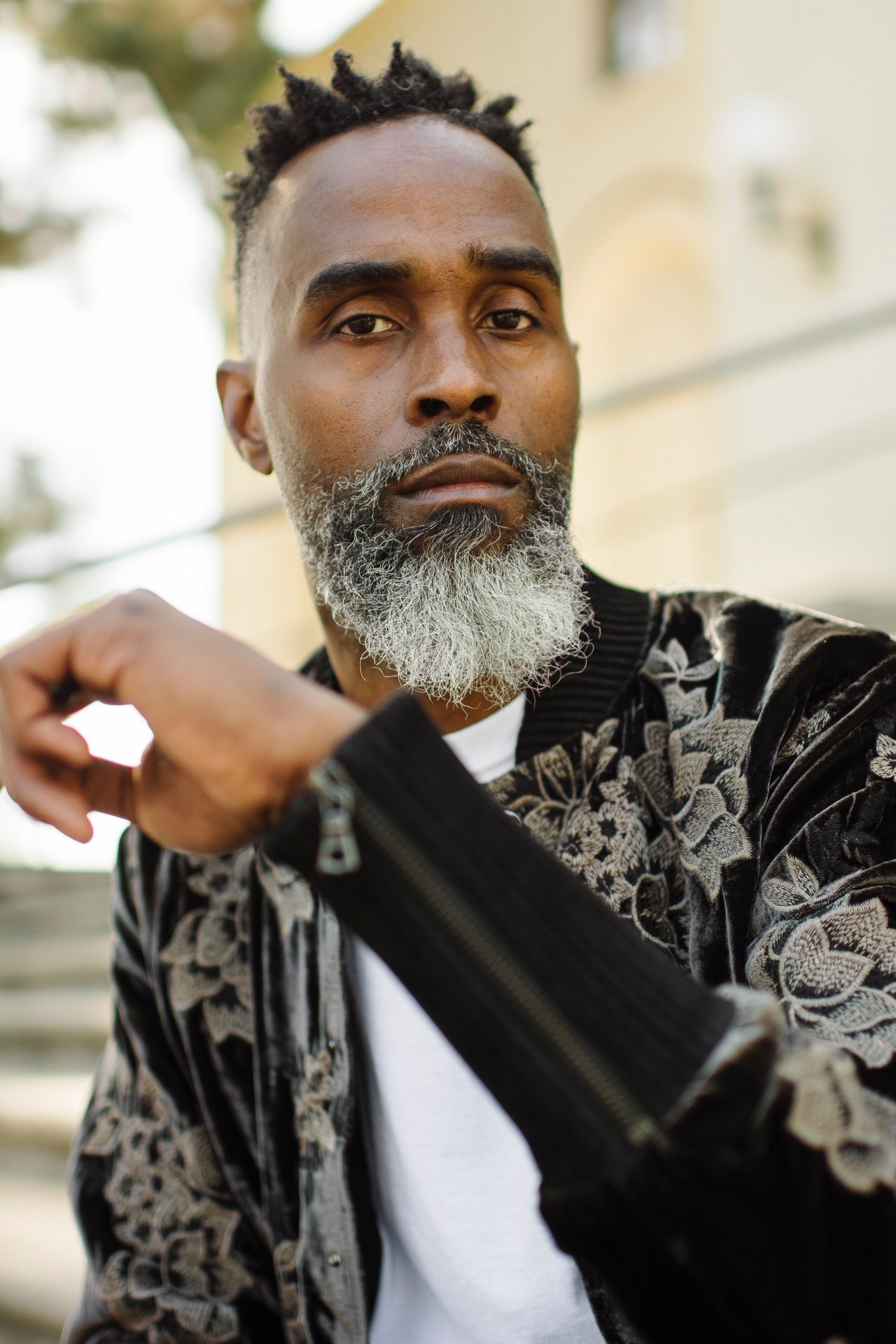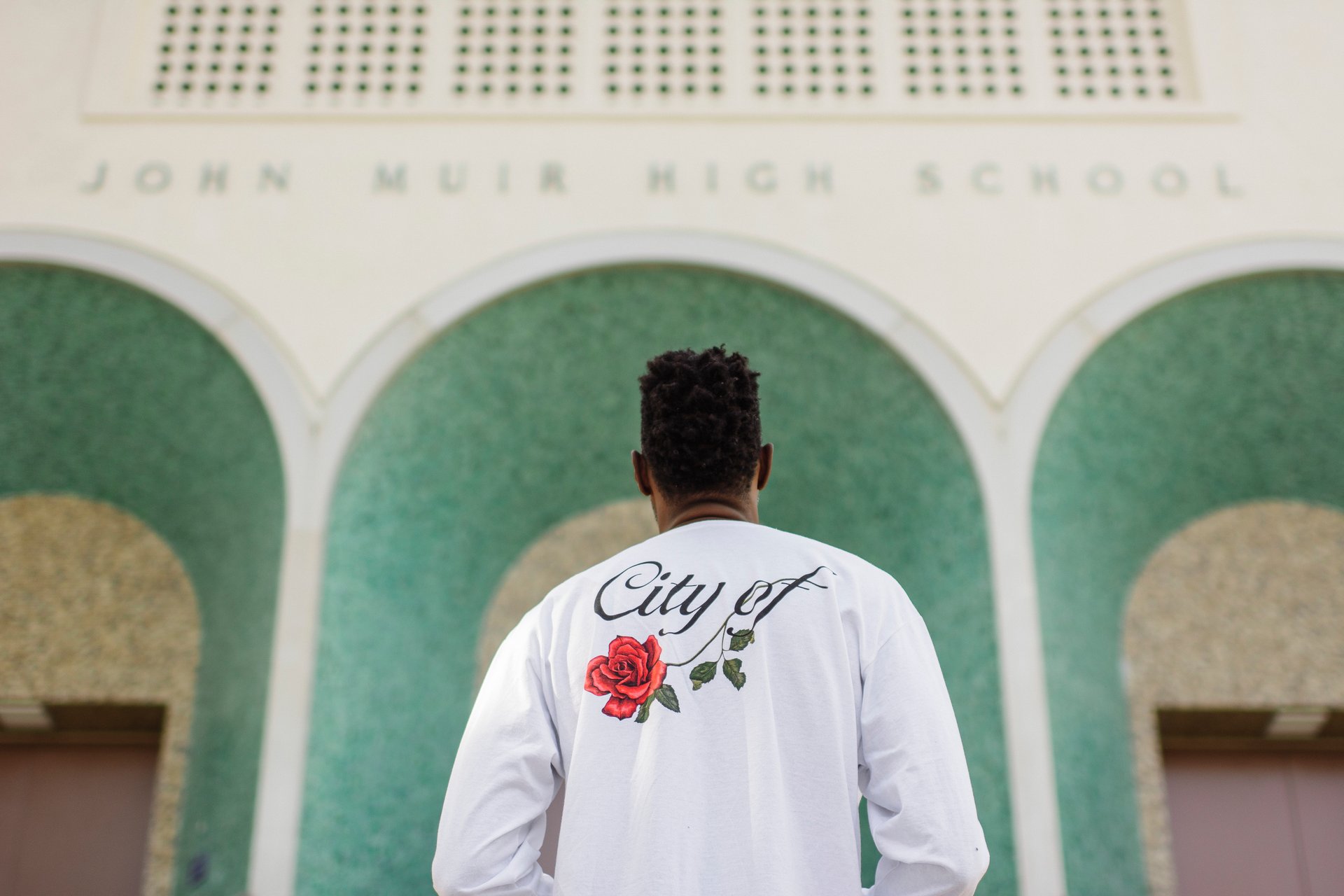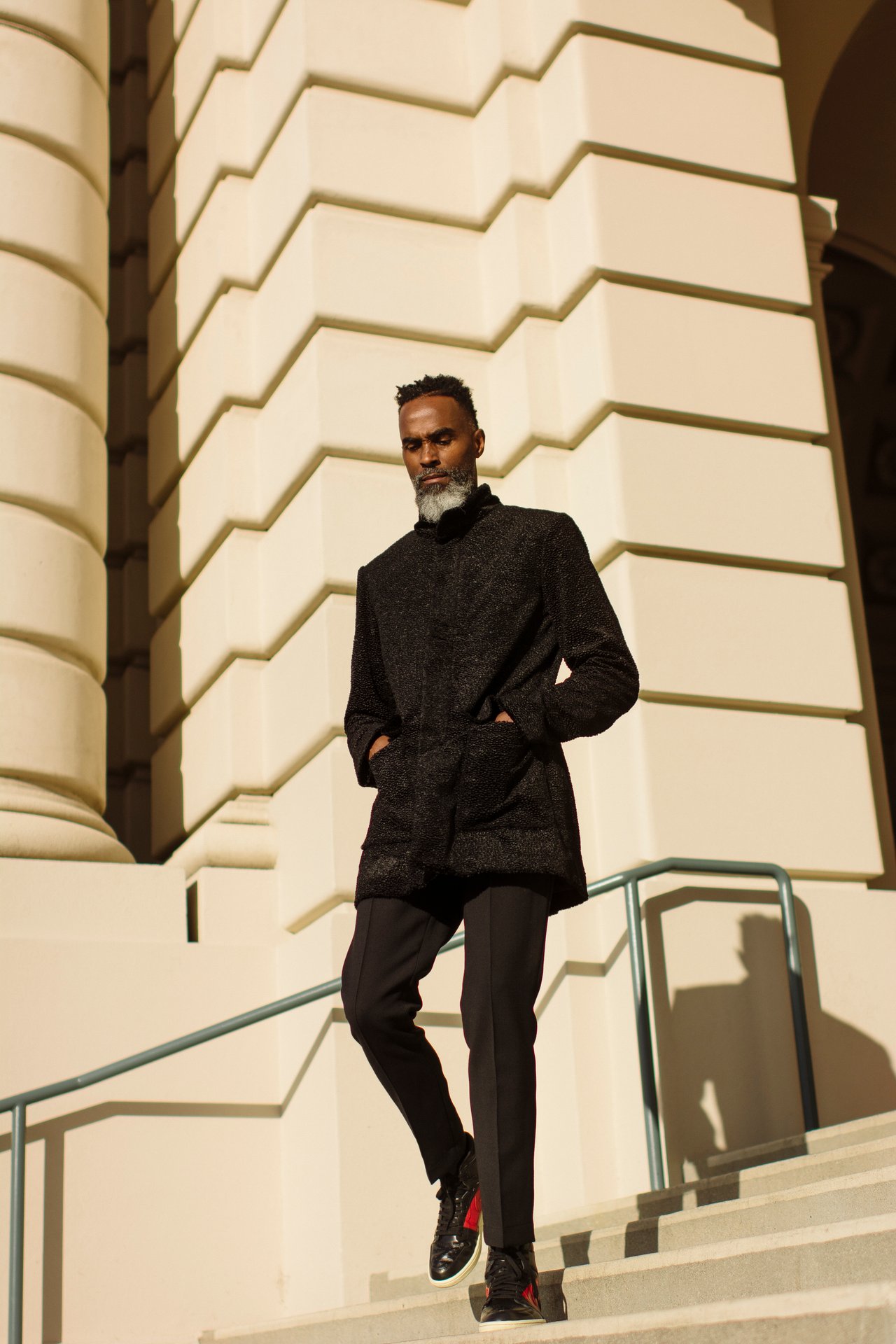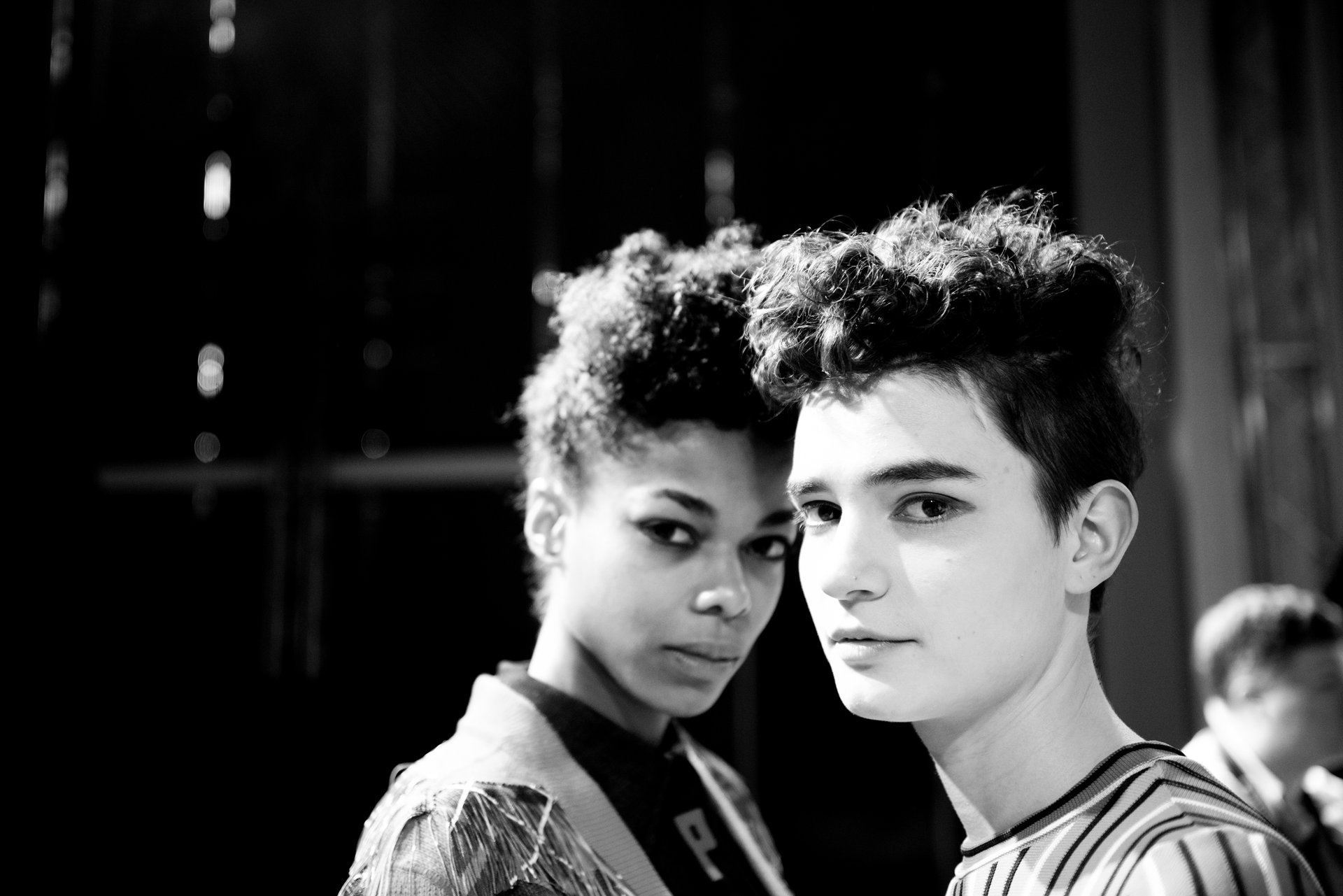You joined with Lexus to introduce a very dope collection inspired by their Lexus RC F coupe in 2014. How were chosen for that opportunity?
It was a situation where The Walton Isaacson Agency was tasked to work with new and established talent, and at the time, had a laundry list of prospects they desired –and magically I was one of those people. They called and asked if the opportunity is something, I’d be interested in doing. Naturally to be aligned with companies you believe in that have a great profile, is something I’m always striving for. Whether its Lexus, BMW, GQ, or the CFDA…finding companies that you align with is always a good move.
McDonald’s was a golden opportunity, many people are not aware that you designed uniforms for them. Was that another situation where you were sought after?
It was a third party that worked with McDonald’s that communicated they were looking to amplify their uniforms and change it up and would I be interested? These opportunities came merely through the universe and not my agency – they didn’t arrive in a customary way. The alignment with McDonald’s was awesome because they’re a blue company and employ millions across the globe. It just made natural sense. When I shared the McDonald’s opportunity, a lot of people didn’t think that it was sexy, but being sound and astute, I realized the opportunity was very sexy.
What era of men’s style intrigued you the most?
There are several eras for different reasons. First, the mid-1990s. I was coming into young adulthood and I loved the colors and sportswear of that time. Bo Jackson, Andre Agassi, Michael Jordan, Tiger Woods, Charles Barkley, Deon Sanders… inspired me. Nike during that time put out some excellent product. It had meaning, it was very colorful, and a ton of great athletes from that time were African American. The looked like me and spoke to me in the entrepreneurial sense. My parents are entrepreneurs, and they would grab my mentality and say: even though you see them from a sports point of view- understand these are businessmen. Secondly, the late 1970s and 1980s in terms of suiting for silhouette. Lastly, Kanye was good for athleisure as there was no athleisure in the early 2000s –that’s more of a phenomenon that’s going on right now.
What is missing in menswear that you would love to design right now?
I’m in proprietary mode right now, so it’s something I’m currently working on. Sustainability and responsibility are very important to me and my brand, as well as health and environmental concerns coupled with the planet’s role in our consumption. Most people are unaware of the back story on making a pair of sweats, a hoodie, or what it takes to make a buttoned-up shirt or a suit. What is the mark on the environment? And is there a better way to do this? How is it? Through technique? Your workforce? The fabrications you use? How you’re assembling it? The actual workspace of the team you employ- is it a pleasant, nurturing space? All these things are very important to me.
Was there a career setback that you faced, which you later realized was an advantage?
Yes. The advantage was me growing from 5’8 to to 6’3 ½ over a summer to continuously growing and popping out at 6’7 ½ at 28/29 years old…. that was looked at as an “L” because once I reached that height people were like: “Wow you’re tall, do you play basketball?” Being this height, there was nothing in the market tailored for me. Most people don’t design for guys who are 6’7. Designs are on a scale of XS, S, M, L, XL and 2X. When you get to those Large to 2XL pieces, they are not slimming. The clothing gets bigger and doesn’t hang on a tall frame accordingly. I began to design for myself and gain exposure to other circles of people. For instance, dressing Colin [Kaepernick] – if I didn’t have my own brand, I would have never had the opportunity to dress him.
Do you feel you have made it, and reached the apex in your career?
No. I feel I am uneasily comfortable. If you ever get comfortable, you’ve got a real problem.
In your opinion what deficiency should the fashion industry remedy to help Black designers acquire success?
Just be fair! When you go to a set there should be diversity there, and I’m not talking about craft services or the security guard. They should know that. Most want a Black experience without Black people being a part of it. Be fair.
What is the Waraire Boswell philosophy?
My philosophy is mind, body, spirit and health aligned.
www.waraireboswell.com
IG: @waraireboswell









